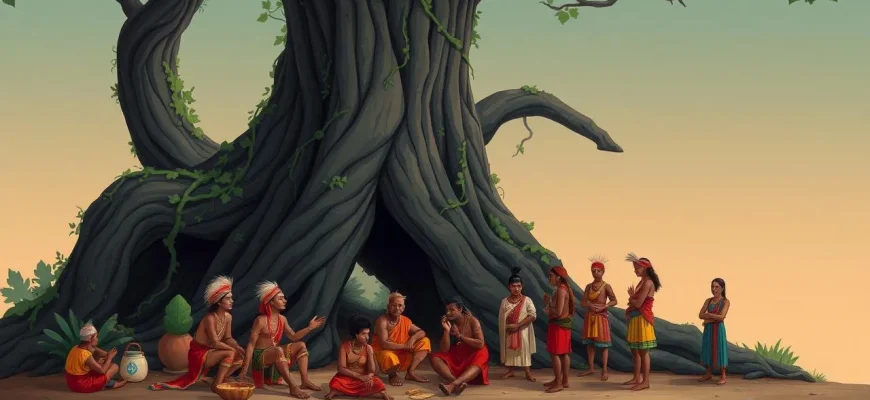Embark on a cinematic journey through the wilderness and into the heart of unknown civilizations with our curated list of films about adventures in lost tribes. These films not only entertain but also offer a glimpse into the lives of isolated communities, showcasing the clash between modernity and tradition, and the human spirit's quest for discovery and understanding. This collection is perfect for those who yearn for tales of exploration, survival, and cultural immersion.

The Jungle Book (1967)
Description: While primarily an animated film, it features Mowgli's adventures among the animals and tribes of the jungle, making it a whimsical yet fitting entry into this list.
Fact: The film was Disney's last animated feature released before Walt Disney's death.
 Watch Now
Watch Now

The Gods Must Be Crazy (1980)
Description: A San tribesman from the Kalahari Desert embarks on a journey to return a mysterious object to the gods, leading to humorous encounters with modern civilization. Its light-hearted take on cultural differences is notable.
Fact: The film was shot in Botswana, and the lead actor, Nǃxau ǂToma, was a real-life member of the San people.
 Watch Now
Watch Now
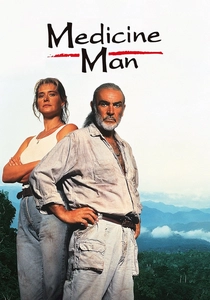
Medicine Man (1992)
Description: A scientist in the Amazon discovers a cure for cancer but must navigate the challenges of the jungle and its inhabitants. Its inclusion highlights the theme of discovery in remote, tribal areas.
Fact: The film was inspired by real-life efforts to find medicinal plants in the rainforest.
 Watch Now
Watch Now
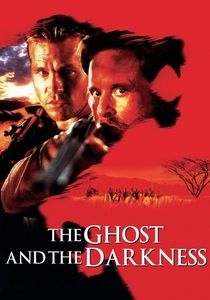
The Ghost and the Darkness (1996)
Description: While not strictly about a lost tribe, this film features a British engineer in Africa who encounters man-eating lions, leading to interactions with local tribes. Its adventure theme and cultural clash make it a fitting addition.
Fact: The film is based on the true story of the Tsavo maneaters, two lions that killed over 130 people in Kenya in the late 19th century.
 Watch Now
Watch Now
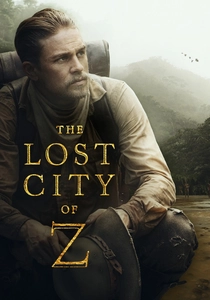
The Lost City of Z (2016)
Description: This film follows the real-life journey of British explorer Percy Fawcett as he ventures into the Amazon in search of a mythical lost city. Its inclusion in this list is due to its focus on the exploration of uncharted territories and encounters with indigenous tribes.
Fact: The film was shot on location in Colombia, providing an authentic backdrop to the story. The real-life Fawcett's disappearance remains one of the greatest unsolved mysteries in exploration history.
 Watch Now
Watch Now
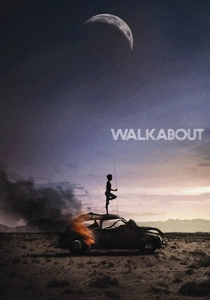
Walkabout (1971)
Description: Two children lost in the Australian outback are saved by an Aboriginal boy on his walkabout. This film explores themes of survival, cultural exchange, and the beauty of the natural world.
Fact: The film was shot in the Northern Territory of Australia, showcasing its unique landscapes.
 Watch Now
Watch Now

Fitzcarraldo (1982)
Description: An opera-loving entrepreneur ventures into the Amazon to build an opera house, involving interactions with local tribes. Its adventurous spirit and cultural exploration make it relevant.
Fact: The film famously involved dragging a real steamship over a mountain, a feat that took months to accomplish.
 30 Days Free
30 Days Free
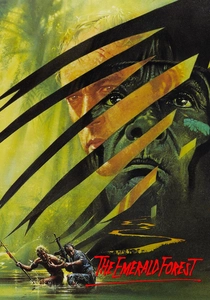
The Emerald Forest (1985)
Description: A father searches for his son who was kidnapped by a tribe in the Amazon. This film is included for its depiction of tribal life and the father's journey into the unknown to retrieve his child.
Fact: The film was shot in Brazil's Amazon rainforest, with real indigenous people from the region playing the tribe members.
 30 Days Free
30 Days Free

The Mission (1986)
Description: Set in 18th-century South America, this film involves Jesuit missionaries and their interactions with the Guarani people, highlighting the clash between colonial powers and indigenous tribes.
Fact: The film won the Palme d'Or at the Cannes Film Festival and was nominated for several Academy Awards.
 30 Days Free
30 Days Free

Apocalypto (2006)
Description: Set during the decline of the Mayan civilization, this film follows a young man's harrowing journey through the jungle after his village is raided. It's included for its intense portrayal of tribal life and the protagonist's desperate escape from his captors.
Fact: The dialogue is entirely in the Yucatec Maya language, making it one of the few films to use an indigenous language throughout.
 30 Days Free
30 Days Free

